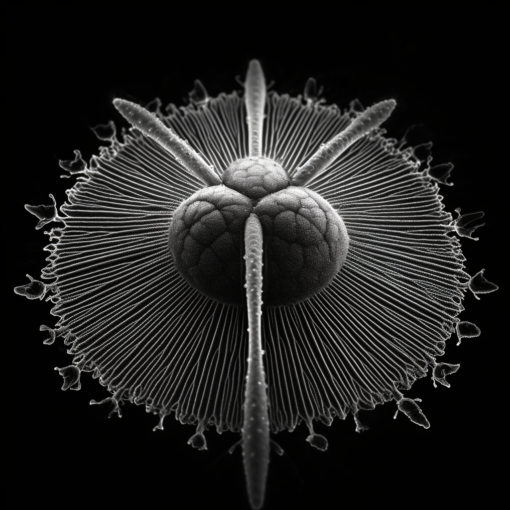Good day to you, dear readers!
Our fascination with creating life-like mechanisms dates back to ancient times, with automatons and mechanical toys found in civilizations like Ancient Greece and China. Fast forward to today, and we’ve made remarkable strides in the field of robotics. They’ve become an integral part of our lives, from manufacturing industries to exploratory missions in space and the deep sea. But how did we arrive here, and where are we headed next?
Let’s embark on a brief journey through the evolution of robotics, shall we?
In the early 20th century, robots were merely science fiction, seen only in books and films. It wasn’t until 1961 that the first industrial robot, Unimate, was introduced to the assembly line of a General Motors plant. Unimate was a simple robotic arm, designed to perform repetitive tasks that were too dangerous for humans. This marked the beginning of a new era, where machines could take on laborious, hazardous roles, thereby freeing up humans to pursue more complex tasks.
Fast forward a few decades and we see robots performing tasks far more intricate than the original Unimate could. They’re now able to perform precise surgeries, explore inhospitable environments, and even, to some extent, interact socially. All this has been possible thanks to advancements in computing power, sensor technology, and artificial intelligence.
Now, dear readers, where are we headed next? The possibilities are truly staggering. We are starting to see the development of humanoid robots that can navigate our world with ease. There are robots being designed to assist the elderly and disabled, effectively revolutionizing healthcare. And let’s not forget about the ever-intriguing field of nanorobotics, which promises to enable us to intervene at the molecular level to, perhaps, treat diseases.
However, we must approach this brave new world with a degree of caution. As we hand over more tasks and responsibilities to robots, it’s essential to consider the ethical implications. What happens to jobs displaced by automation? How do we ensure that AI-driven robots act in our best interest?
The world of robotics is truly a marvel of human ingenuity, and its evolution is a testament to our unending quest for discovery and innovation. As we stand on the cusp of this exciting frontier, let’s strive to shape a future where robots serve humanity’s greater good, augment our capabilities, and open up possibilities we can only dream of today.
Until our next grand exploration, I bid you adieu.
Yours in the pursuit of knowledge,
Percival Q. Higginbottom

Further Reading:
- “The History of Robotics: From Ancient Times to Today”: This article from Interesting Engineering provides a comprehensive look at the history of robotics, from automatons of ancient times to the cutting-edge robots of the present day.
- “Robots and the Future of Healthcare”: Medical Futurist offers an insight into the future of healthcare, where robots could play a vital role in assisting the elderly and disabled.
- “Nanorobotics: Current Trends and Future Directions”: For those interested in the more microscopic side of robotics, this piece from Frontiers delves into the fascinating world of nanorobotics and its potential applications.





7 thoughts on “The Evolution of Robotics: A Glimpse Into Our Automated Future”
Your point of view caught my eye and was very interesting. Thanks. I have a question for you.
Thank you for your sharing. I am worried that I lack creative ideas. It is your article that makes me full of hope. Thank you. But, I have a question, can you help me?
Thanks for sharing. I read many of your blog posts, cool, your blog is very good.
Thanks for sharing. I read many of your blog posts, cool, your blog is very good.
Thanks for sharing. I read many of your blog posts, cool, your blog is very good.
Can you be more specific about the content of your article? After reading it, I still have some doubts. Hope you can help me.
Can you be more specific about the content of your article? After reading it, I still have some doubts. Hope you can help me.